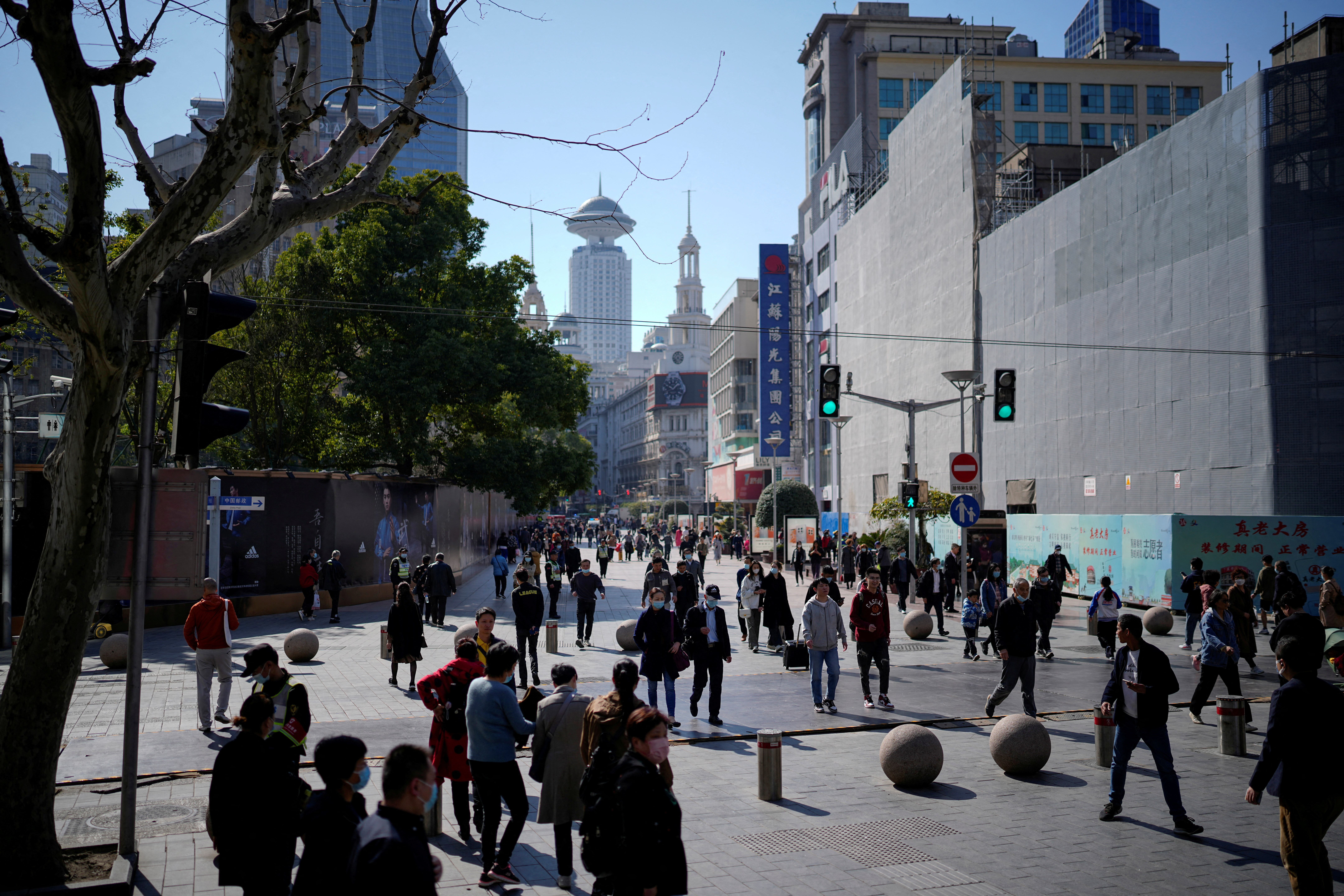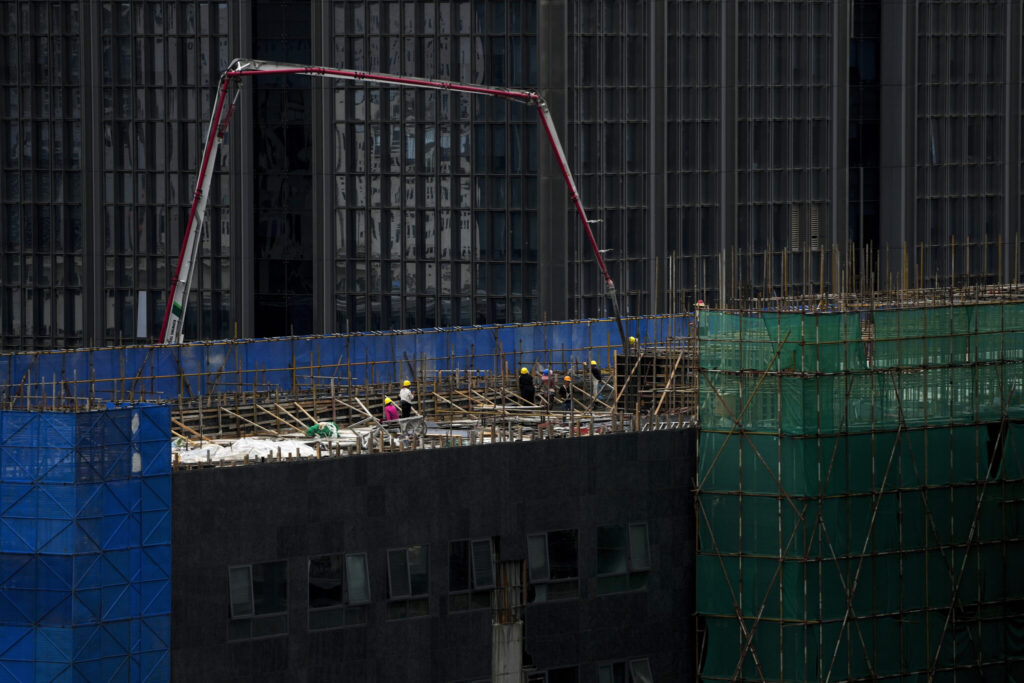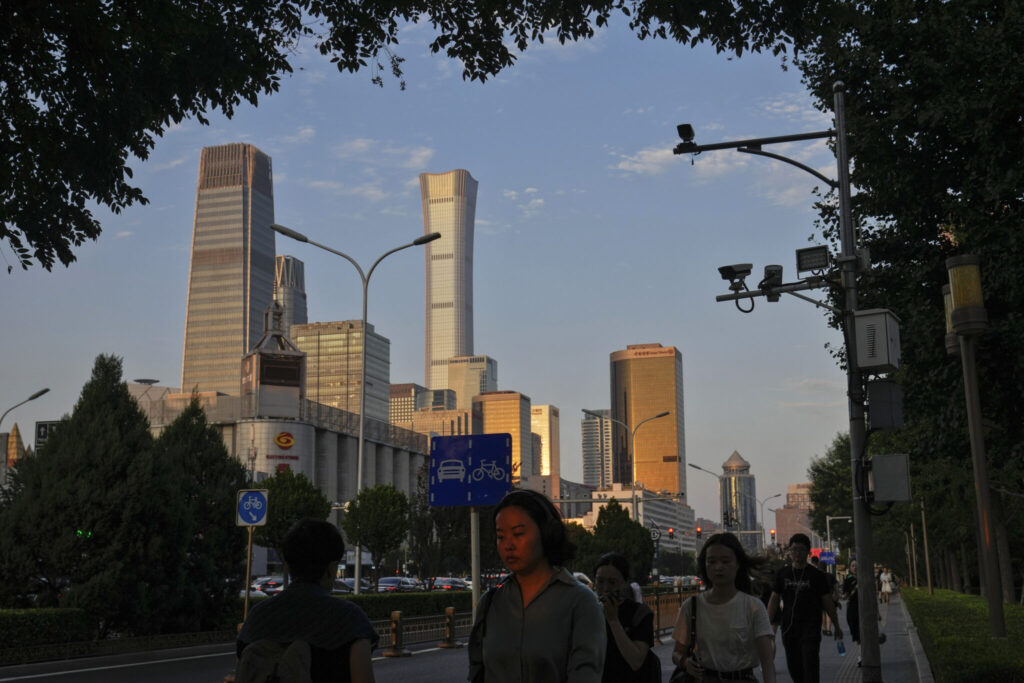China’s economic activity data for July, including retail sales, industrial output and investment failed to match expectations, fueling concern over a deeper, longer-lasting slowdown in growth. Activity data has been missing forecasts since the beginning of the second quarter, with the weakness raising worries that China’s economy is coming closer to a crunch point. The Associated Press has the story:
How much worse can China’s Economic slump deepen?
Newslooks- BEIJING (AP)
China’s government skipped giving an update on a politically sensitive spike in unemployment among young people as official data Tuesday showed an economic slump deepened in July. Meanwhile, the central bank unexpectedly cut a key interest rate in a sign of growing official urgency about shoring up economic growth that fell sharply in the three months ending in June. Youth unemployment is sensitive after a survey in June found a record 21.3% of potential urban workers aged 16 to 24 couldn’t find work after an economic rebound following the end of anti-virus controls fizzled out.

People walk at the main shopping area in Shanghai, China, March 14, 2023.
Publication of unemployment by age group is suspended while the National Bureau of Statistics considers how it measures data, according to a bureau spokesperson, Fu Linghui. Fu said a survey found overall unemployment among urban workers was 5.3%, up 0.1 percentage points from June.
“The employment situation is generally stable,” Fu said at a news conference.
Growth in consumer spending decelerated to 2.5% over a year earlier in July from the previous month’s 3.1%, according to Fu.
Growth in factory output slowed to 3.7% from 4.4%, according to Tuesday’s data, as export demand plunged after U.S. and European central banks raised interest rates to cool inflation. Investment in factories, real estate and other fixed assets rose 3.8%, down from June’s 3.4%.
“A decision to discontinue the youth unemployment figures just after they hit a record high doesn’t inspire confidence,” said Capital Economics in a report.
The People’s Bank of China cut the interest rate on a one-week loan to banks to 1.8% from 1.9%.
“Today’s cuts suggest that the authorities’ concern about the state of the macroeconomy is mounting,” said Robert Carnell of ING in a report. “But that doesn’t mean that they are about to undertake unorthodox policy measures.”

Economic growth slid to 0.8% over the previous quarter in the three months ending in June from 2.2% in the January-March period. That is equivalent to 3.2% annual growth, which would be among China’s weakest in decades.
Chinese leader Xi Jinping’s government is trying to revive economic activity without resorting to a large-scale stimulus, possibly for fear of reigniting a rise in debt levels they worry are dangerously high.
That is hampered by a slump in China’s vast real estate industry following tighter government controls on debt levels at developers. Buyers are reluctant to commit when they are worried about possible job losses and whether construction of apartments they pay for might be suspended.

The ruling Communist Party is trying to revive business and consumer confidence by promising to help entrepreneurs but has yet to announce major spending or other policy changes. Xi’s government also is trying to revive interest among foreign investors, but business groups says companies are redirecting or delaying investments due to uncertainty about their status following an expansion of anti-spying rules and calls by Xi and other leaders for national economic self-reliance.
Exports in July plunged by an unusually large margin of 14.5% from a year earlier.
The country’s No. 2 leader, Premier Li Qiang, expressed confidence in May that the country can hit the ruling party’s annual growth target of “about 5%.” Growth in the second half of the year would need to be markedly stronger than the first half to achieve that.
HOW BAD CAN THE SLOWDOWN GET?
The July activity data has prompted some economists to flag risks that China may struggle to meet its growth target of about 5% for the year without more fiscal stimulus.
That is still much higher growth than many other major economies will see, but for one that invests roughly 40% of its GDP every year – about twice as much as the United States invests – it remains a disappointing result.
There is also uncertainty about China’s appetite for large fiscal stimulus, given the high levels of municipal debt.
Stress in the property market, which accounts for about a quarter of economic activity, raises further concern about the ability of policymakers to arrest the decline in growth.
Some economists warn that investors will have to get used to much lower growth. A minority of them even raise the prospect of Japan-like stagnation.
But other economists say many consumers and small businesses may already feel economic pain as deep as during a recession, given youth unemployment rates above 21% and deflationary pressures weighing on profit margins.







